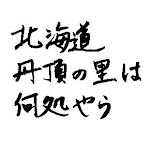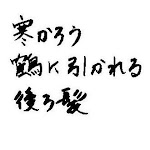Someone once said, "If you ever closely observe animals, it's hard to say that we are separate from them."
The goslings that I observed during the summer of 2008 at Lake Chabot made me think of pre-schoolers. Shiro and I first spotted them on a hill side when they were small and yellow, looking and sounding just like chicken babies. They were surrounded by several geese, all watchful and some stretching out their necks. I believe it was around the beginning of April.
Later in June when we showed up, a babysitter cornered a group of goslings and said, "Here they are again. Don't be too trusting of people or their pets."

Two babysitters gathered all the goslings and escorted them away from me and Shiro. They told them to stay in the "green zone."

Pretty soon some curious ones moved back toward us, making the babysitters follow. One babysitter said, "Why are we going this way?"

... and later in a more panicky voice, "Turn around. Turn around, now!"

"Hurry. Others are waiting, and the sun is setting."

"Form a neat line and get in the water one by one. No cheating. I'm right behind you."


An excursion to the left, and an excursion to the right. "We'll all sleep tight and won't let the bed bugs bite."
























 Copyright 2009
Copyright 2009